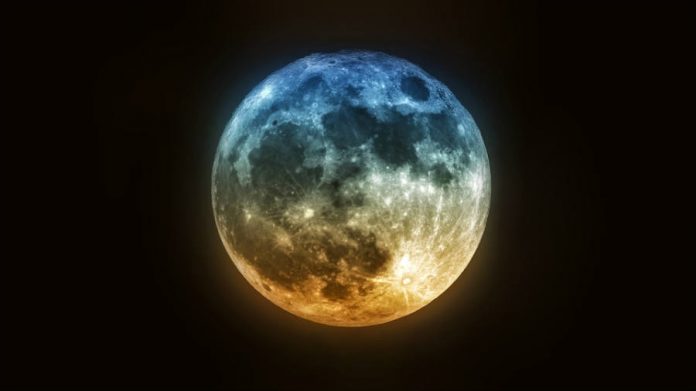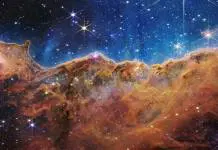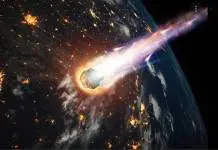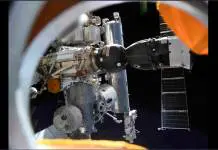
Next Monday, astronomy enthusiasts around the world will be able to witness November’s full moon, which like its October predecessor, will occur at a point in time in which the moon’s orbit is closest to the Earth’s atmosphere.
This event will cause November’s plenilune to be a Super Moon, which will be at the peak of its phase at approximately 8:52 a.m. (EST) in the United States.
It will also be the largest supermoon since 1948. An astronomer from the Slooh Community Observatory told Space.com they expected another supermoon of that size no earlier than the year 2034.
November’s full moon is commonly called ‘Beaver Moon’
This astronomical event marks the second of three supermoons expected for the last months of 2016 in a row. Full moons usually receive the names traditionally appointed to them by local Native Americans, this full moon is called ‘Beaver Moon.’
October’s full moon (which appeared on the 26) receives the name ‘Hunter’s Moon,’ though some call it the ‘Travel Moon’ or ‘Dying Moon’ as well. The next supermoon, in December, commonly receives the name of ‘Cold Moon’ or ‘Long Nights Moon.’
According to Native American lore, the reason why November’s full moon is called a ‘Beaver Moon’ is because its appearance signaled the perfect time to hunt beavers before the rivers and swamps froze.
Both Native Americans and pioneers hunted these animals to make use of their fur to make clothes for winter.
November’s moon is also called a ‘Frost Moon’ by other tribes. The Slooh Community Observatory will offer a live broadcast of the event tomorrow, November 13, at 8 p.m. (EST), on their official website.
A NASA photographer talks about his personal experiences photographing supermoons
NASA’s Senior Photographer, Bill Ingalls, recently revealed in an article some insider tips to ease the experience of trying to immortalize November’s Beaver Moon.
The event, as stated above, will not repeat for another twenty years, so this marks an invaluable opportunity for photographers and moon lovers worldwide.
The photographer said many people would try to get the same full-size shot of the moon and encouraged real enthusiasts to try to make things differently for the photo to stand out.

Ingalls took a picture of Comet Lulin from the Shenandoah National Park in 2009 using a regular camera and the red light from a headlamp. His photograph, though it might seem amateurish, appeared later in National Geographic.
He recommended bearing in the mind that shutter speed should be faster than usual and that exposure is the key to a good moon picture.
He did not dismiss smartphone photography, recommending users to tap the screen and slide up and down over the moon to control focus and exposure.e.”
Source: NASA











